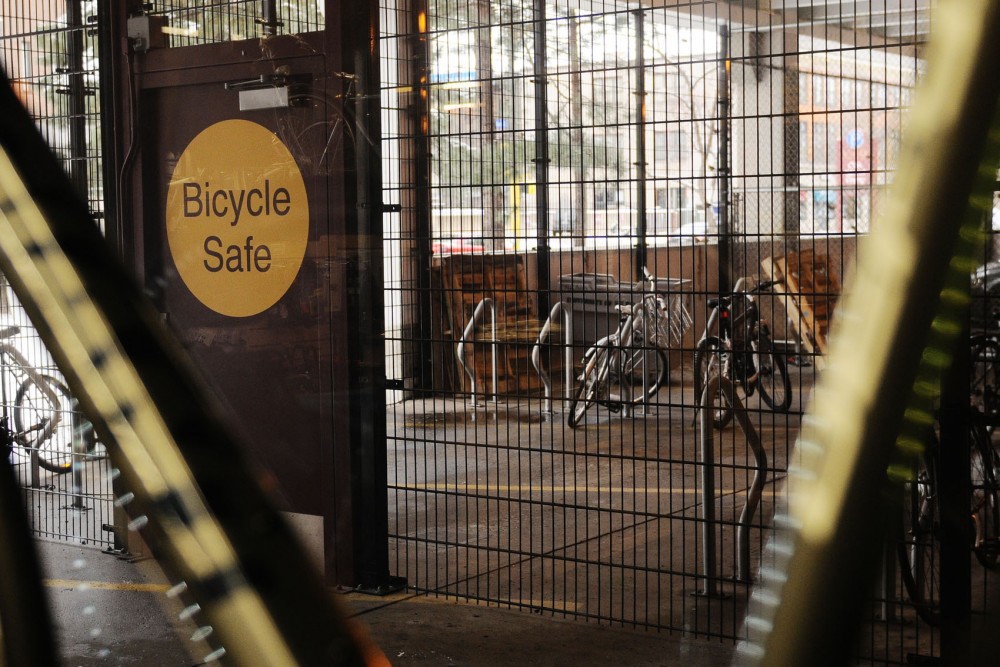Commuting to work may soon be more convenient for bicyclists in Minneapolis.
City Councilman Gary Schiff is looking to require large buildings citywide to provide facilities — including lockers and showers — for employees commuting by bike. Since 2011, city ordinances require downtown buildings of more than 500,000 square feet to provide facilities.
Minneapolis is often ranked among the top-two cities for bicyclists in the country.
A report by the city found from 2007 to 2011, the number of bicyclists counted annually rose by 47 percent.
But Schiff said the lack of facility requirements outside downtown is keeping more people from commuting to work on their bikes. Another 2011 city report found 3.7 percent of Minneapolis workers
commute by bike.
“The number one reason when people are asked why they don’t commute to work by bike, besides weather, is that there’s no place to shower,” he said.
David Meyer, one of the owners of The Hub Bicycle Co-op in south Minneapolis, said a lack of showers can sometimes be a deal breaker when convincing people to bike to work. He said a large number of his customers commute downtown, and the facilities in place work great.
Target Corporation headquarters downtown provides bicycle facilities for its employees.
Target Plaza Commons has storage rooms for 125 bikes, as well as maintenance and shower facilities, said Jessica Stevens, Target spokeswoman.
Meyer said having to lock bicycles outdoors is also a major deterrent for prospective bicycle commuters.
“One of their big worries is they have to lock their bikes outside, even when they’re at work,” he said.
Schiff’s proposal is backed by the Bicycle Advisory Committee.
He cited the headquarters of medical device company Coloplast — which is located on West River Road next to major bicycle routes but doesn’t have facilities — as a missed chance to make biking to work more attractive.
“Coloplast was one of those missed opportunities,” Schiff said. “Hopefully in the future we begin to think of the entire city as a place that’s bike friendly, because employers are located throughout our city.”
In 2011, the top-five bicycling locations in the city by estimated trips per day were outside of the downtown area, according to the city’s bicyclist and pedestrian count report. The top three were near the University of Minnesota.
Schiff said Minneapolis is a proud bike city, but broadening the facility requirements citywide would make it even better.
“We’re building bike infrastructure with bike lanes, but we also need employers to make it as easy to ride to work as it is to drive to work,” he said.
A public hearing on the ordinance change will take place in the summer, Schiff said.








